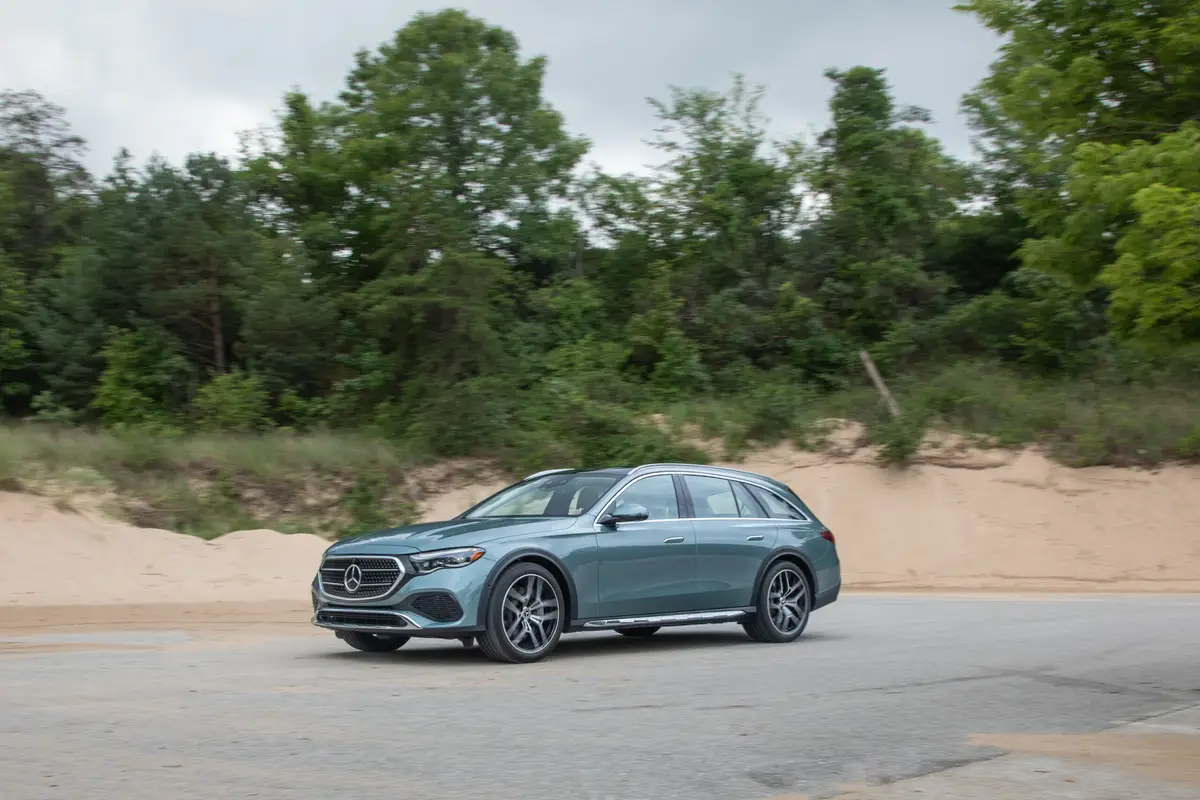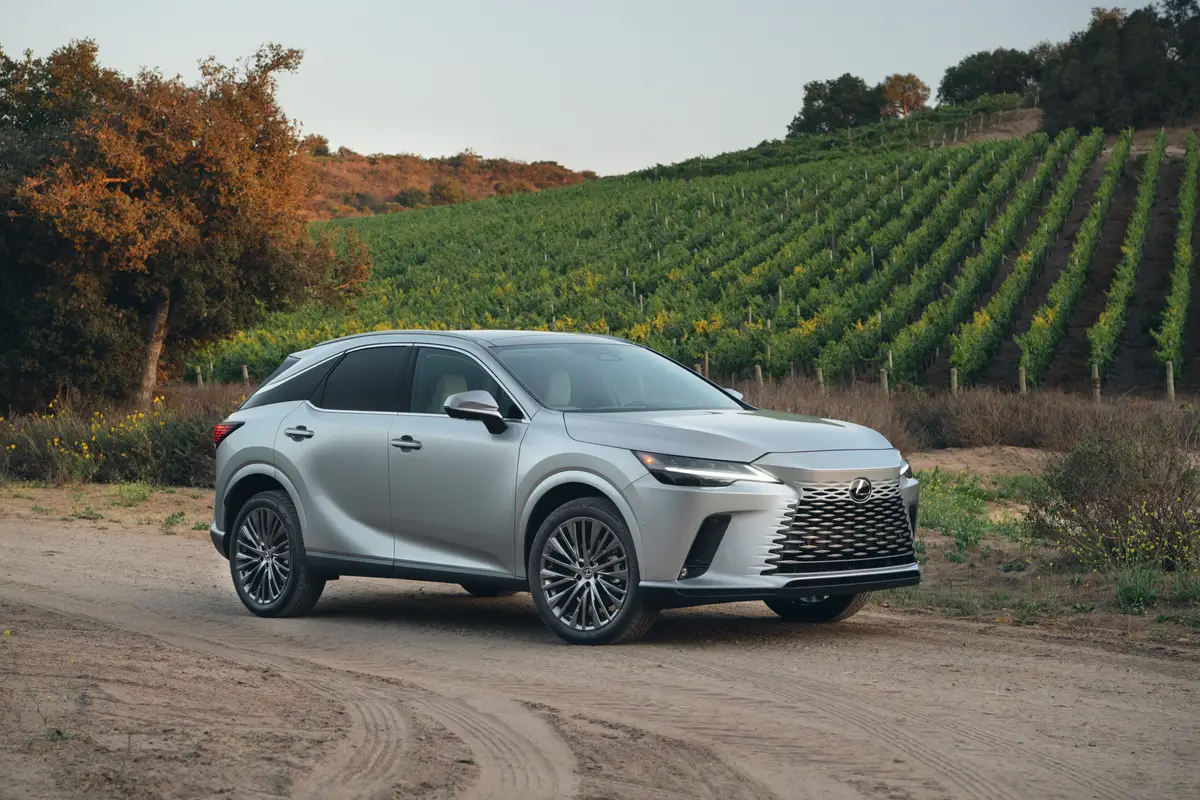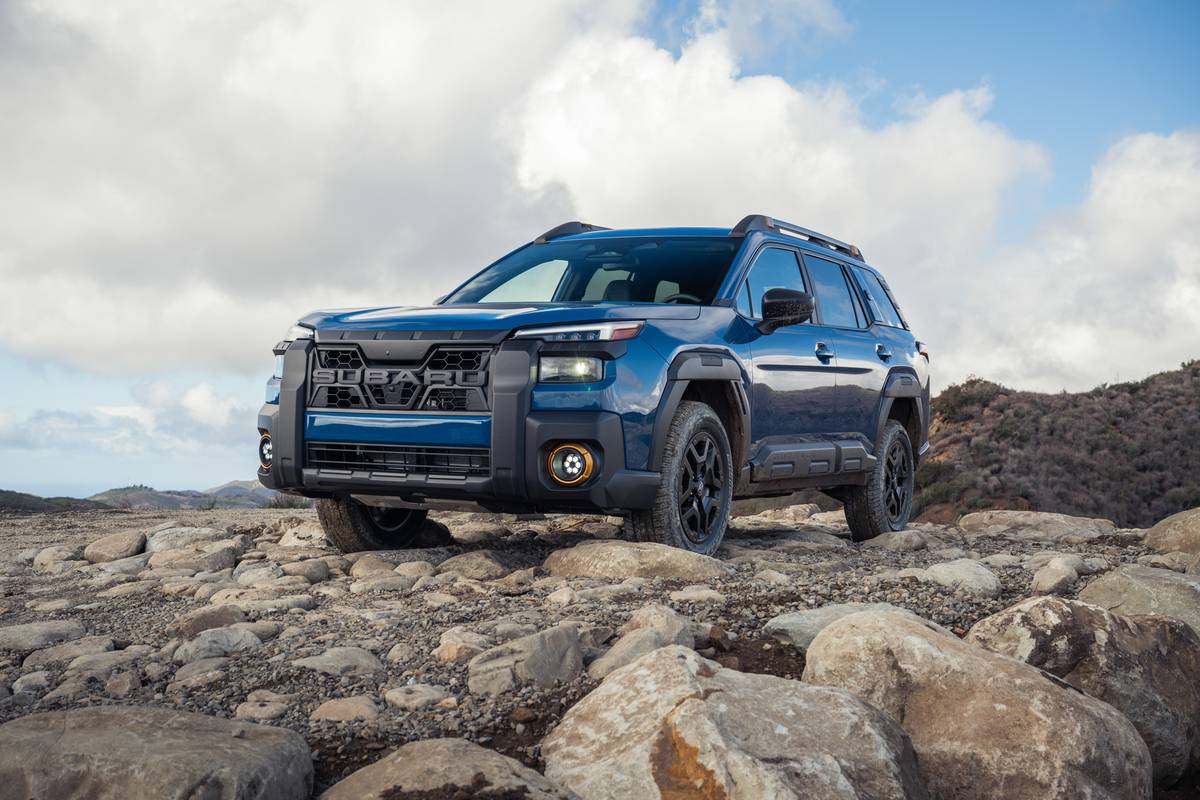Boston.com's view
The first two generations of the boxy Honda CR-V seemed like middle-of-the-road appliances. For example, if the CR-Vs had been kitchen ranges, they would have been Hotpoints, not Vikings.
That cost Honda some edge. So to make gains in an increasingly competitive market for small SUV-crossovers that is attracting everyone from empty-nesters to young families with growing paychecks, Honda made some changes.
The 2007 Honda CR-V, today’s test car, slips in nicely between appliance extremes. As a range, call it a Jenn-Air.
The result of the makeover for the third generation model is a far more distinctive-looking ride than the old box (though I see lots of BMW X3 in it). Gone are the square windows and flat back, replaced by a dipping roofline and arched wedges. Also, the bottom of the CR-V looks more serious, more muscular.
But first, let’s talk safety. Honda loads the CR-V with standard protection, even in the most basic of its four models. It comes with dual-stage front air bags, side front impact bags, side curtain air bags all around, and roll over sensors. Toss in standard antilock braking system and stability control and it is far less likely any of those bags will ever deploy. Top it off with Honda’s “ACE” front-crash protection system, which causes the force of a collision to be distributed up, down, and sideways, but not into the passenger compartment. This will prove to be an exceptionally safe ride.
It also is smooth, agile, and remarkably free of the tippiness you might expect in a small SUV. The drivetrain has been lowered and the rear suspension redesigned in an effort to put weight where it belongs — low. There’s also the added advantage of a step-in height that has been lowered by nearly an inch-and-a-half.
The interior on our test model had leather-trimmed seats, leather- w rapped steering wheel, and even a leather-wrapped shift knob.
Front space seemed huge for a compact SUV and the rear seat would actually hold three adults over reasonable distances.
The rear seat also folds flat 60/40, though when all the backs are up, the center armrest folds down to allow a pass-through from the rear cargo area. Picture four skiers aboard, with their skis and poles inside, protected from salt and road debris.
The swing-out rear tailgate has been replaced by a hatch that lifts with ease (and the spare tire is properly tucked beneath the car).
The CR-V comes with only one available engine, a 4-cylinder, 2.4-liter, 166 horsepower power plant. Fully loaded, it is necessary to plan a move into passing lanes or the approach to a long ascent.
The lack of torque may have accounted for a distinct engine whine when it was necessary to push for performance. Too bad, because the rest of the ride is whisper quiet.
Fortunately, Honda — unlike some of its competitors — equips the CR-V with a five-speed automatic transmission, helping to save fuel and make up for some of the lack of oomph. It no longer offers a manual transmission option since there wasn’t much demand for it in the previous two versions of the CR-V.
The car is available with front- or all-wheel drive (as tested).
Overall, the new CR-V nicely fills a middle gap in the market. It’s still an appliance, but one ready for finer kitchens.
Latest news



